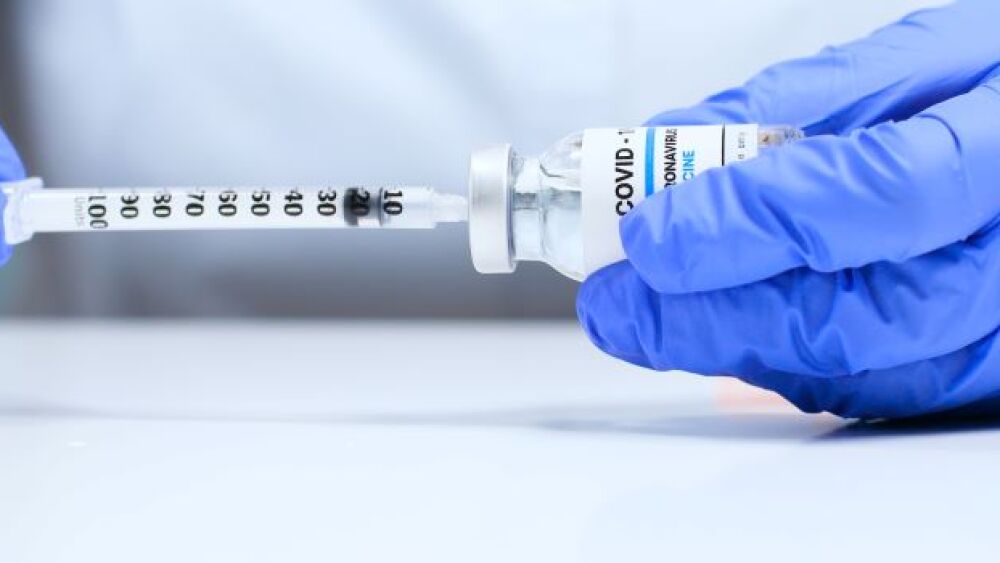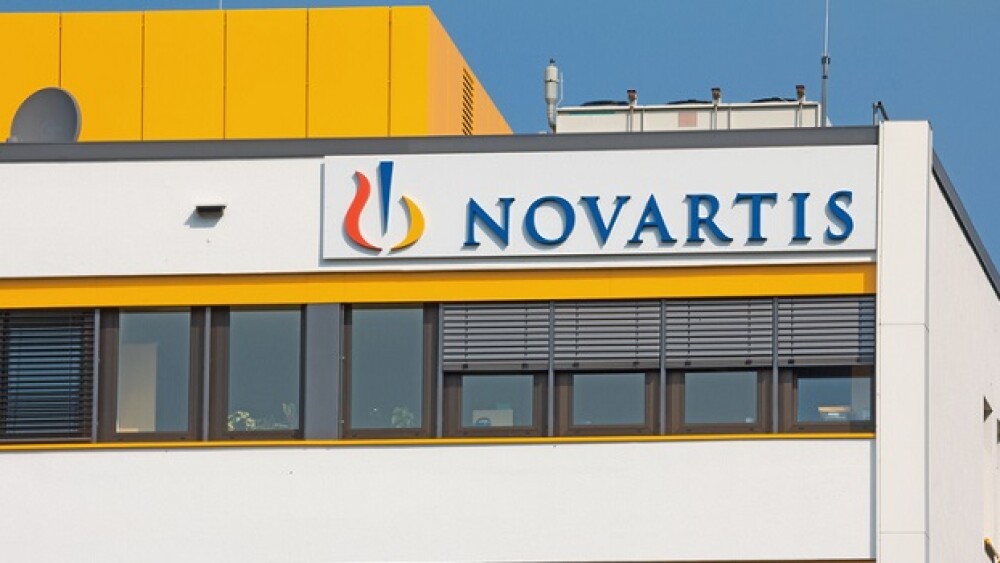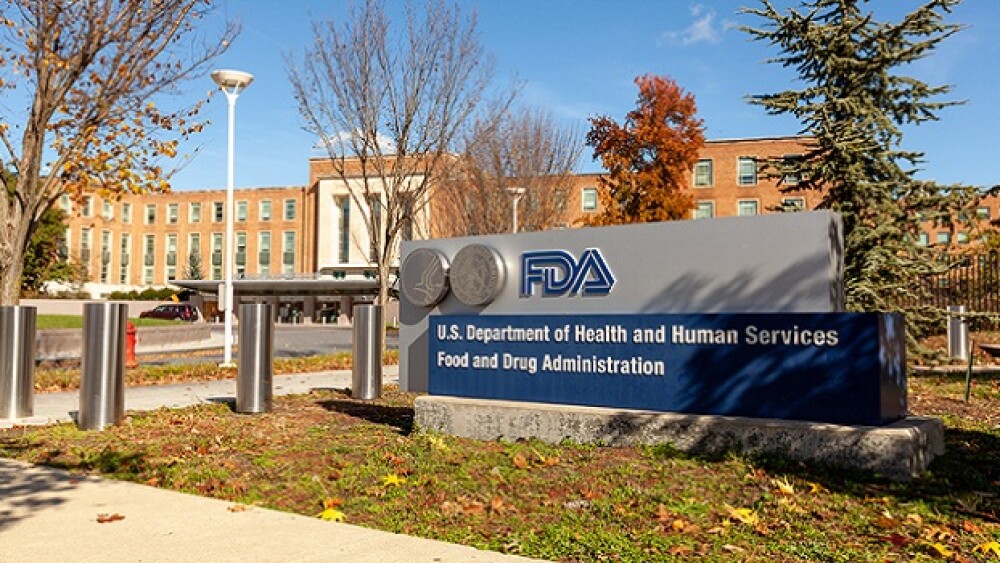Much has been made about the side effects of the COVID-19 vaccines, but a new study found a startlingly high number of adverse events associated with people who received placebos in clinical trials.
The placebo effect is where a person who received a placebo instead of a drug or vaccine shows clinical signs, positive or negative, associated with the actual treatment. Much has been made about the side effects of the COVID-19 vaccines, but a new study found a startlingly high number of adverse events associated with people who received placebos in clinical trials. For that and more COVID-19 news, continue reading.
COVID-19 Vaccine Side Effects: Real or Placebo Effect?
A recent study out of Harvard Medical School and Beth Israel Deaconess Medical Center evaluated 12 COVID-19 vaccine trials with a total of 45,380 participants. The study found that 76% of the adverse side effects reported, such as fatigue or headache, after the first shot were also reported by participants who received a placebo. Mild side effects were more common in people receiving the vaccine, but a third of those given the placebo reported at least one adverse side effect. The statistics from the study showing that 35% of placebo recipients reported adverse side effects is considered unusually high. Several experts suspect that there’s such a high report of adverse events because of the amount of misinformation found on social media about the dangers of the vaccines and the amount of media coverage.
This is not to say that the adverse side effects felt by people who received the vaccines are all in their heads. People do have side effects to vaccines, but this study reports on an unusually high level of the placebo effect. Nocebo is used to describe a negative outcome associated with the placebo.
“Negative information in the media may increase negative expectations towards the vaccines and may therefore enhance nocebo effects,” said Dr. Julia W. Haas, an investigator in the Program in Placebo Studies at Beth Israel Deaconess and the study’s lead author. “Anxiety and negative expectation can worsen the experience of side effects.”
Four Factors for Long COVID
A study published in Nature Communications identified specific antibodies in the blood of people who developed long COVID. Long COVID is not well understood and has a range of up to 50 different symptoms, and it is difficult to diagnose because there is no one test for it. The study, conducted by Dr. Onur Boyman, a researcher in the Department of Immunology at University Hospital Zurich, compared more than 500 COVID-19 patients and found several key differences in patients who went on to present with long COVID. The most obvious was a significant decrease in two immunoglobulins, IgM and IgG3. The study found that a decrease in these two immunoglobulins, which generally rise to fight infections, combined with other factors, such as middle age and a history of asthma, was 75% effective in predicting long COVID.
75% of COVID-19 ICU Survivors Show Symptoms a Year Later
A study out of the Netherlands found that a year after being released from an intensive care unit (ICU) for severe COVID-19, 75% of patients reported lingering physical symptoms, 26% reported mental symptoms, and up to 16% noted cognitive symptoms. The research was published in JAMA. The research evaluated 246 COVID-19 survivors treated in one of 11 ICUs in the Netherlands. The mental symptoms included anxiety (17.9%), depression (18.3%), PTSD (9.8%). The most common new physical symptoms were weakness (38.9%), stiff joints (26.3%), joint pain (25.5%), muscle weakness (24.8%), muscle pain (21.3%) and shortness of breath (20.8%).
Pennsylvania Averaging Most COVID-19 Deaths Per Day in a Year
In general, COVID-19 deaths are dropping across the country. However, in two states, Pennsylvania and New Jersey, the numbers are increasing. Pennsylvania is averaging 156 COVID-19 deaths per day over the past seven days, which is a 17% uptick compared to two weeks ago. The number of deaths per day in Pennsylvania is below what was hit in January 2021, largely due to the availability of vaccines. New Jersey averages 111 deaths from COVID-19 per day, an increase of 61% over the last two weeks and the highest since May 2020. Similarly, New Jersey cases and hospitalizations are declining.
Omicron Surge: Shattering Cases and Hospitalizations, but Less Severe
According to the CDC, although the current Omicron surge is setting records for positive infections and hospitalizations, it’s less severe than other waves by other metrics. Omicron has resulted in more than 1 million cases per day in the U.S. on several occasions, and reported deaths are presently higher than 15,000 per week. However, the ratio of emergency department visits and hospitalizations to case numbers is lower compared to COVID-19 waves for Delta and during the winter of 2020–21. ICU admissions, length of stay, and in-hospital deaths were all lower with Omicron. They cite vaccinations and booster shots as the likely cause. Although the overall result is that Omicron appears less severe, it’s not completely clear if that’s because the viral variant doesn’t infect the lower lung as easily as other variants, or because so much of the population has either been vaccinated or exposed to the virus already. It is clearly far more infectious than other strains, which is placing a real burden on healthcare systems. The number of emergency department visits is 86% higher than during the Delta surge.
J&J Expects Up to $3.5 Billion in COVID-19 Vaccine Sales This Year
Johnson & Johnson projected annual sales of its COVID-19 vaccine for 2022 to range from $3 billion to $3.5 billion. This was noted during the company’s fourth-quarter 2021 report. In December 2021, the U.S. Centers for Disease Control and Prevention recommended the Pfizer-BioNTech or Moderna shots over J&J’s due to a rare blood condition observed with the J&J shot. By comparison, Pfizer and BioNTech project their vaccine will bring in $29 billion in 2022, after having raked in almost $36 billion in 2021. Moderna expects approximately $18.5 billion this year, with about $3.5 billion from possible additional purchases. Although final figures for Moderna aren’t in yet, they projected 2021 sales between $15 and $18 billion.





